Green Muscle: Plant-Based Powerhouses Packing a Serious Protein Punch
Plant protein isn’t a compromise—it’s a culinary power move. Whether you're vegan, flexitarian, or just rethinking your plate, today’s plant proteins are bold, flavorful, and endlessly versatile. From crispy tofu to nutty quinoa and smoky tempeh, these ingredients aren’t just swaps for meat—they’re center-stage stars packed with fiber, minerals, and serious satiety. And the perks? Fewer saturated fats, a happier gut, a smaller carbon footprint, and steady, sustained energy. That’s why we’ve expanded our list to 22 plant proteins—a mix of everyday staples and underrated gems that bring both flavor and function. These aren’t bland fillers; they’re ingredients with real culinary personality. Whether you’re building a better grain bowl or reinventing your post-workout fuel, this list is your launchpad. Because plants aren’t just here to play nice—they’re here to fuel strength, support health, and seriously elevate your next meal. Let’s dig in.
1. Lentils: The Versatile Powerhouse
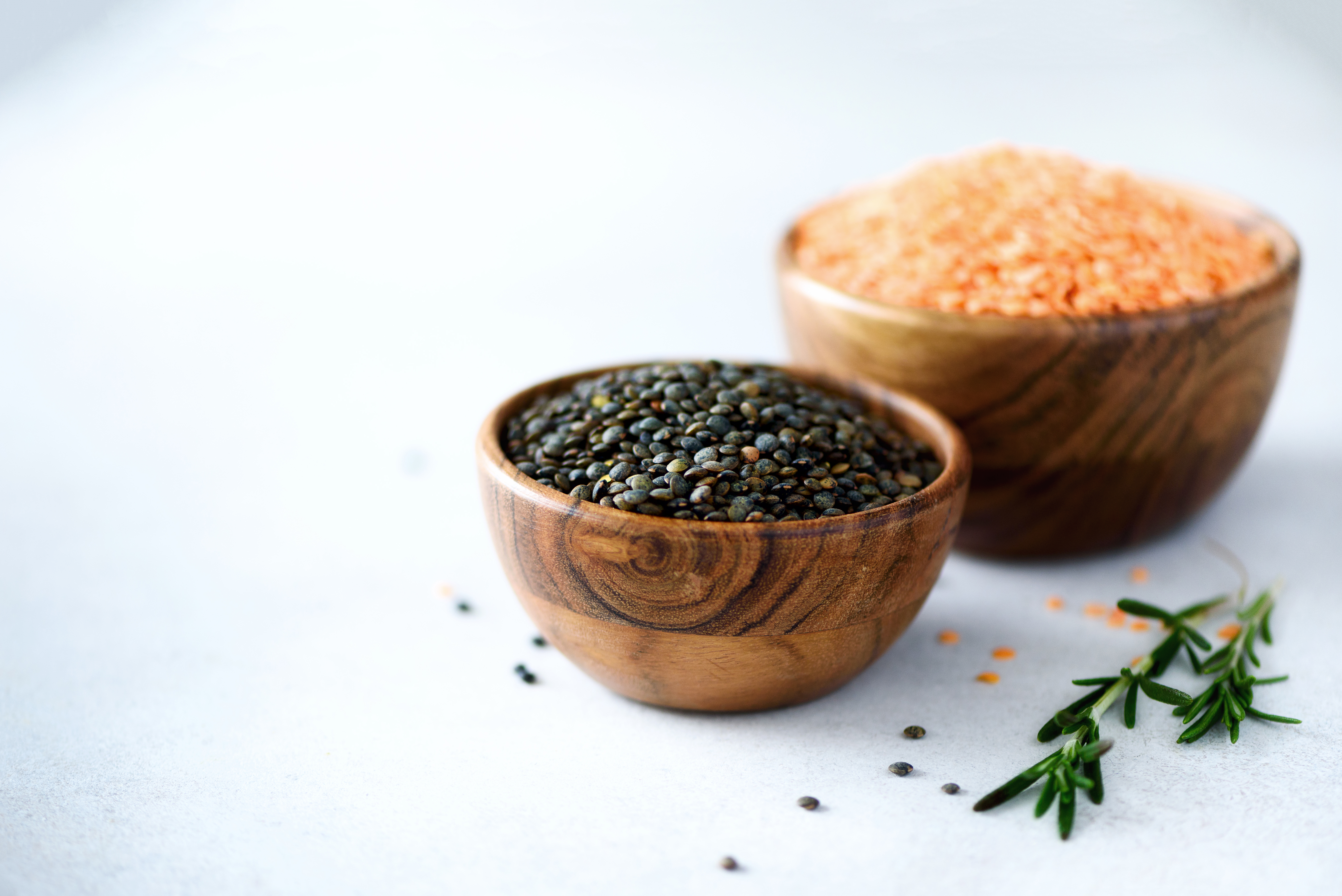
Lentils have long been a staple in diets across the globe, prized for their rich nutritional profile and culinary versatility. These small legumes pack a punch, offering a substantial amount of protein, fiber, and essential nutrients such as iron and folate. Lentils come in various colors and sizes, each with its own unique flavor and texture, making them suitable for a wide range of dishes. From hearty soups and stews to salads and curries, lentils can be transformed into a myriad of delicious meals that rival any meat-based dish. Their ability to absorb flavors makes them a perfect canvas for spices and herbs, enhancing their natural earthiness and creating a satisfying taste experience. In addition to their culinary appeal, lentils are an environmentally friendly protein choice. They require less water and energy to produce compared to animal proteins, making them a sustainable option for those looking to reduce their carbon footprint. Furthermore, lentils are a cost-effective protein source, making them accessible to a wide audience. Whether you're a seasoned chef or a home cook, incorporating lentils into your diet is a simple yet impactful way to enjoy the benefits of plant-based eating.
2. Chickpeas: The Culinary Chameleon
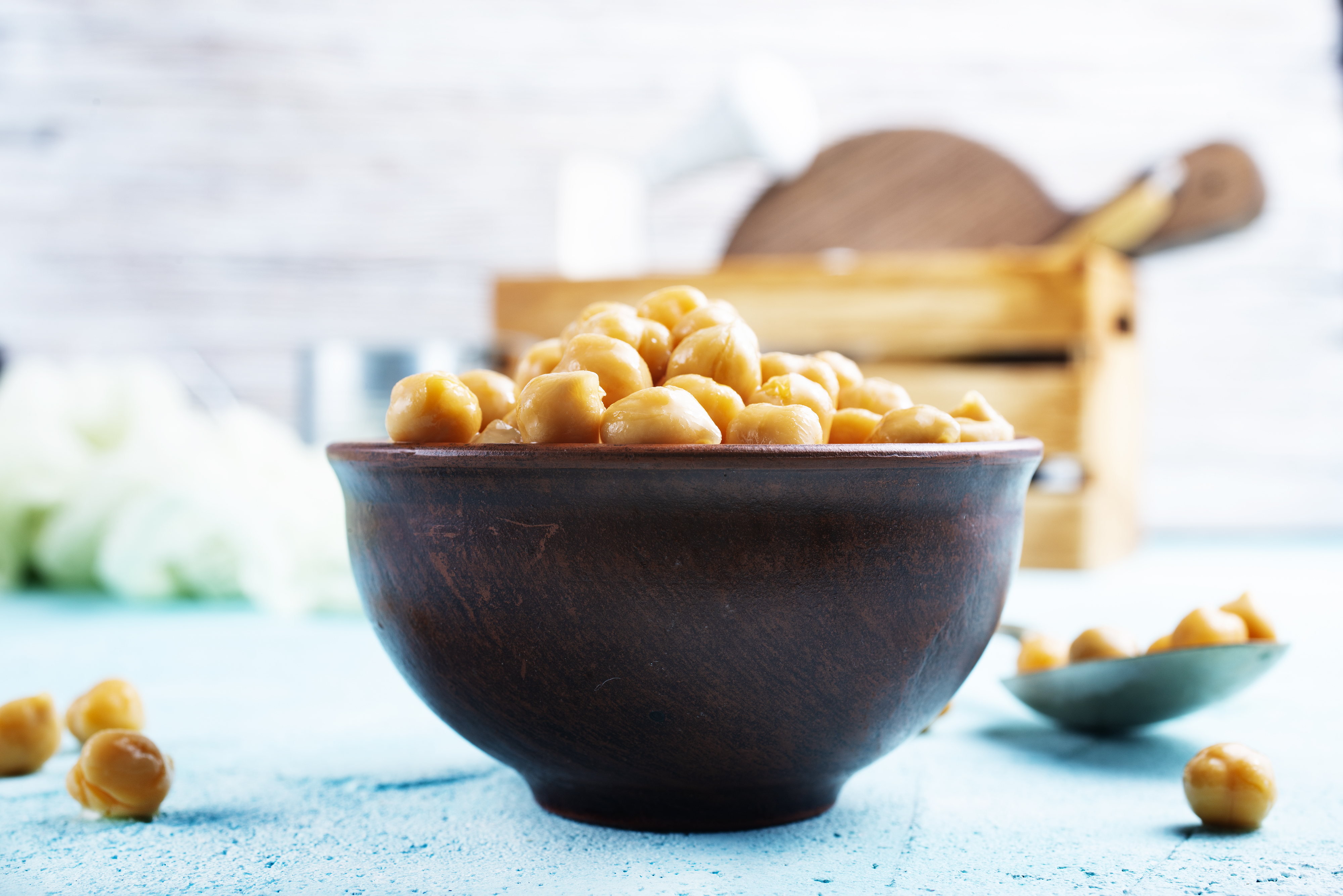
Chickpeas, also known as garbanzo beans, are another versatile legume that has gained popularity for their nutty flavor and creamy texture. These protein-rich beans are a staple in many cuisines, from Middle Eastern to Mediterranean, and are the main ingredient in beloved dishes such as hummus and falafel. Chickpeas are not only delicious but also incredibly nutritious, providing a good source of protein, fiber, and essential vitamins and minerals. Their ability to be transformed into various forms, such as flour or roasted snacks, makes them a culinary chameleon that can adapt to any dish. The versatility of chickpeas extends beyond their traditional uses. They can be roasted for a crunchy snack, blended into a creamy dip, or even used as a meat substitute in burgers and patties. Their mild flavor allows them to take on the taste of accompanying ingredients, making them a perfect base for experimenting with different spices and seasonings. As more people seek plant-based alternatives, chickpeas continue to shine as a delicious and nutritious option that can satisfy even the most discerning palates.
3. Quinoa: The Ancient Grain with Modern Appeal
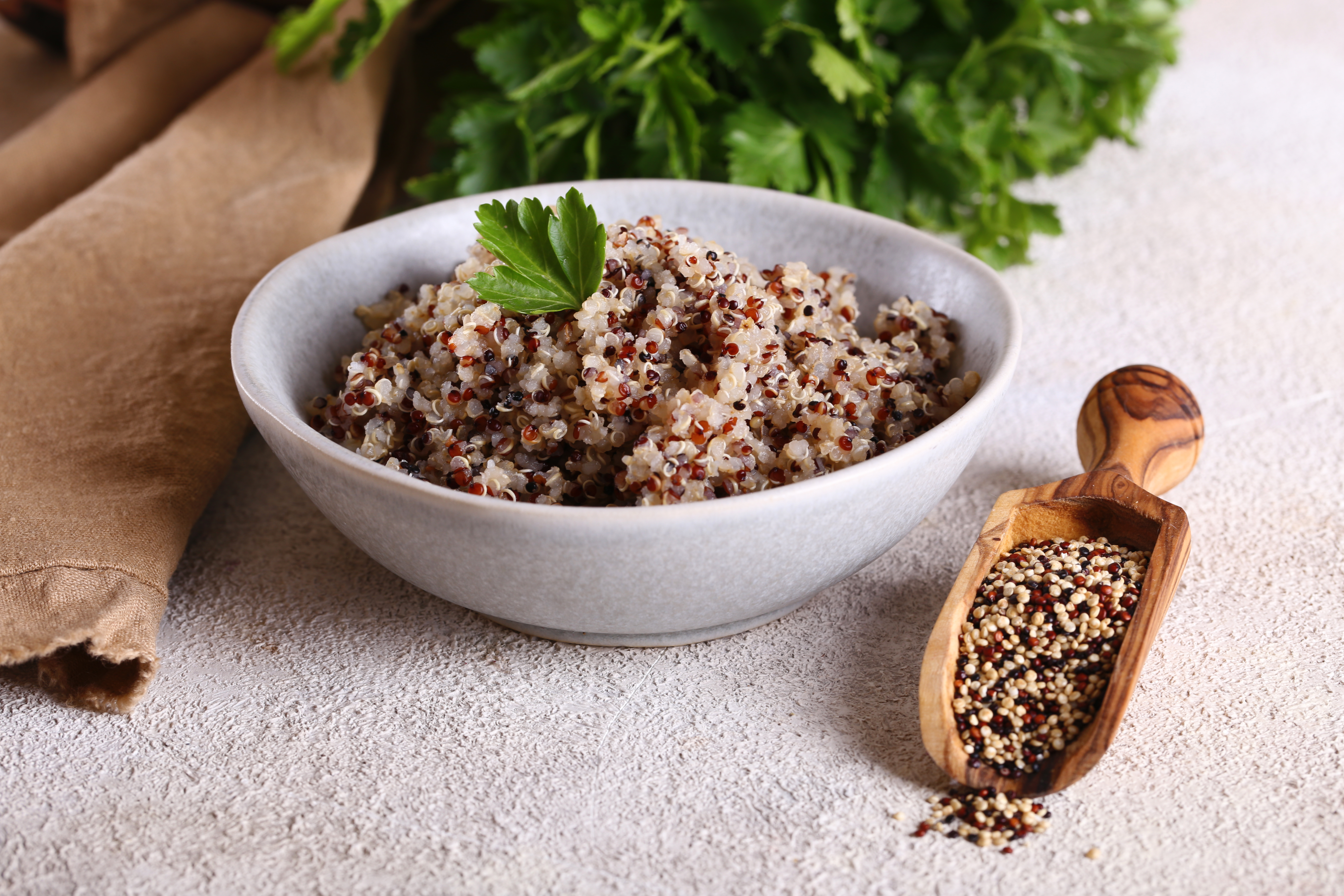
Quinoa, often referred to as a superfood, is an ancient grain that has gained modern appeal due to its impressive nutritional profile and versatility. Unlike many other grains, quinoa is a complete protein, containing all nine essential amino acids that the body cannot produce on its own. This makes it an excellent protein source for vegetarians and vegans. Quinoa's light, fluffy texture and slightly nutty flavor make it a versatile ingredient that can be used in both savory and sweet dishes. Quinoa's adaptability is one of its greatest strengths. It can be used as a base for salads, a substitute for rice or pasta, or even incorporated into baked goods for added nutrition. Its ability to absorb flavors makes it a perfect canvas for a variety of seasonings and ingredients, allowing for endless culinary possibilities. In addition to its taste and versatility, quinoa is also environmentally sustainable, requiring less water and energy to produce compared to traditional grains. As more people look for nutritious and sustainable food options, quinoa continues to stand out as a delicious and healthy choice.
4. Tofu: The Plant-Based Protein Staple
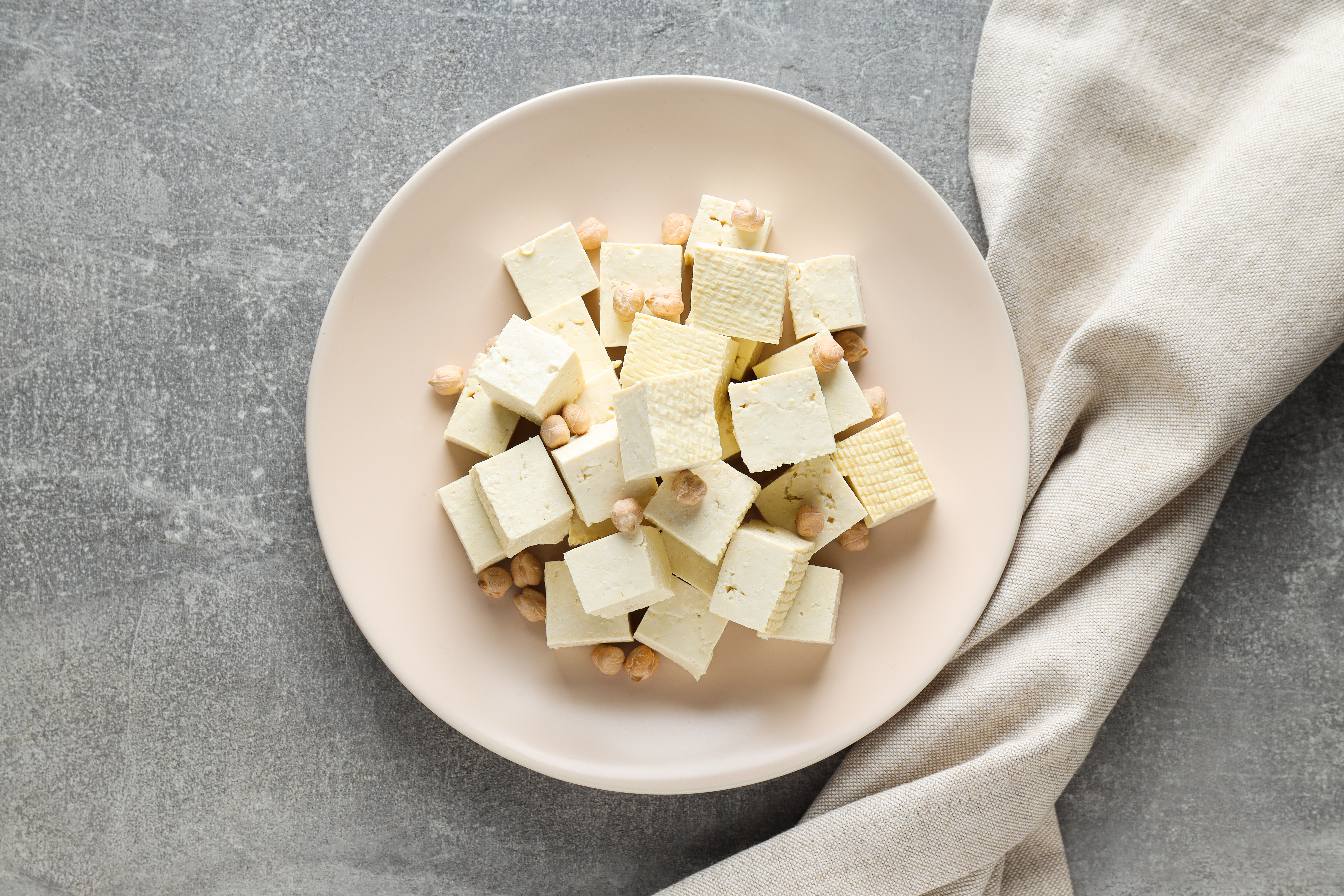
Tofu, also known as bean curd, is a staple in many plant-based diets due to its high protein content and versatility. Made from soybeans, tofu is a complete protein, providing all essential amino acids needed by the body. Its neutral flavor and ability to absorb seasonings make it a popular choice for a wide range of dishes, from stir-fries and soups to desserts and smoothies. Tofu's texture can vary from silky and smooth to firm and chewy, allowing it to be used in various culinary applications. The versatility of tofu is one of its greatest assets. It can be marinated, grilled, sautéed, or blended, making it suitable for a wide range of recipes. Its ability to take on the flavors of accompanying ingredients allows for endless creativity in the kitchen. In addition to its culinary appeal, tofu is also a sustainable protein choice, as soybeans require less water and energy to produce compared to animal proteins. As more people seek plant-based alternatives, tofu continues to be a popular and delicious option that can satisfy a variety of taste preferences.
5. Tempeh: The Fermented Marvel
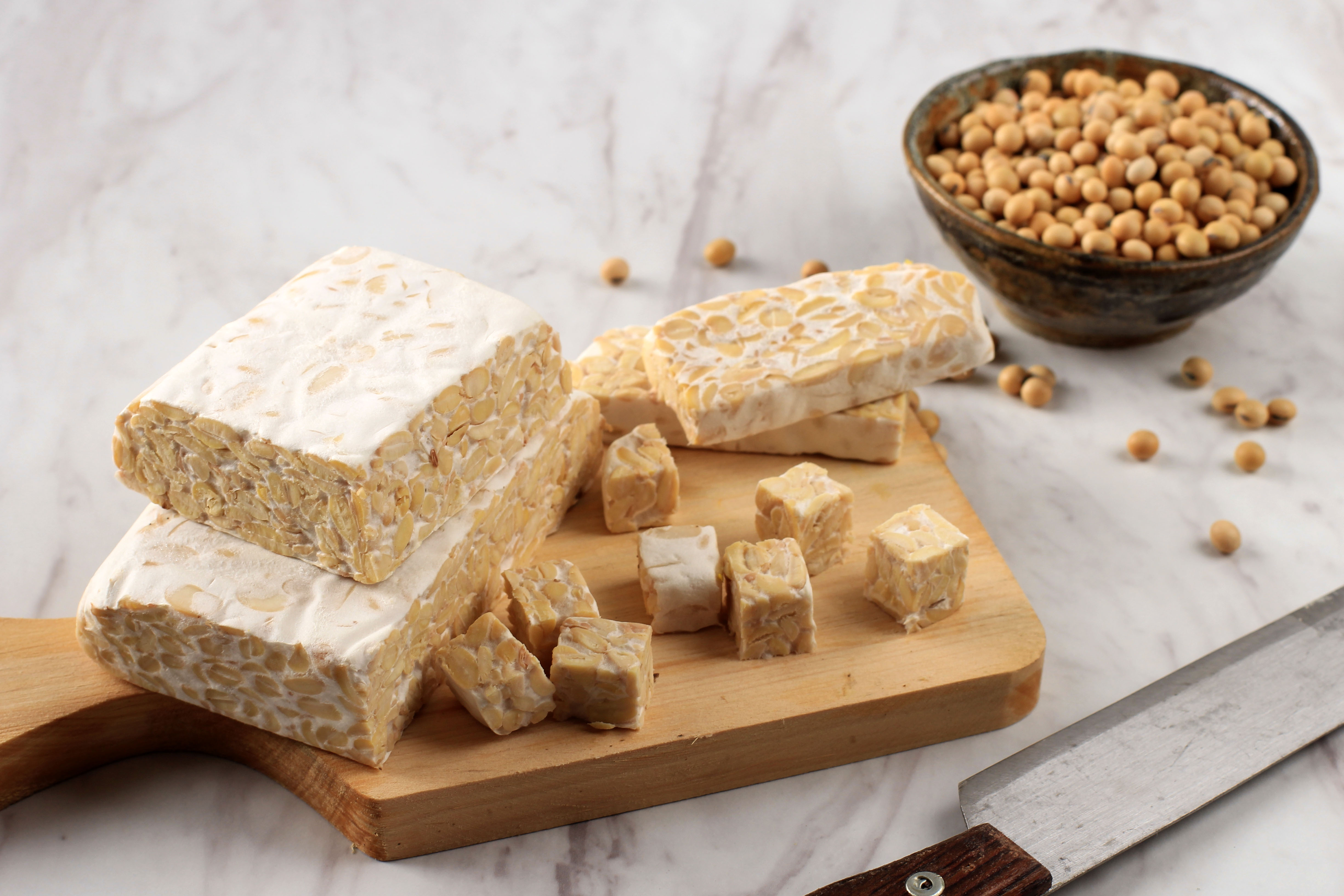
Tempeh, a traditional Indonesian food, is a fermented soy product that has gained popularity for its high protein content and unique flavor. Unlike tofu, tempeh is made from whole soybeans, which are fermented and pressed into a firm, cake-like form. This fermentation process not only enhances the nutritional profile of tempeh but also gives it a distinct nutty and earthy flavor. Tempeh's firm texture makes it an excellent meat substitute, and it can be used in a variety of dishes, from stir-fries and sandwiches to salads and stews. The fermentation process used to make tempeh also has additional health benefits, as it increases the bioavailability of nutrients and promotes gut health. Tempeh is a rich source of protein, fiber, and essential vitamins and minerals, making it a nutritious addition to any diet. Its ability to absorb flavors and its versatility in the kitchen make it a favorite among those seeking plant-based protein options. As more people explore the world of plant-based eating, tempeh continues to stand out as a delicious and healthy choice.
6. Seitan: The Wheat-Based Wonder
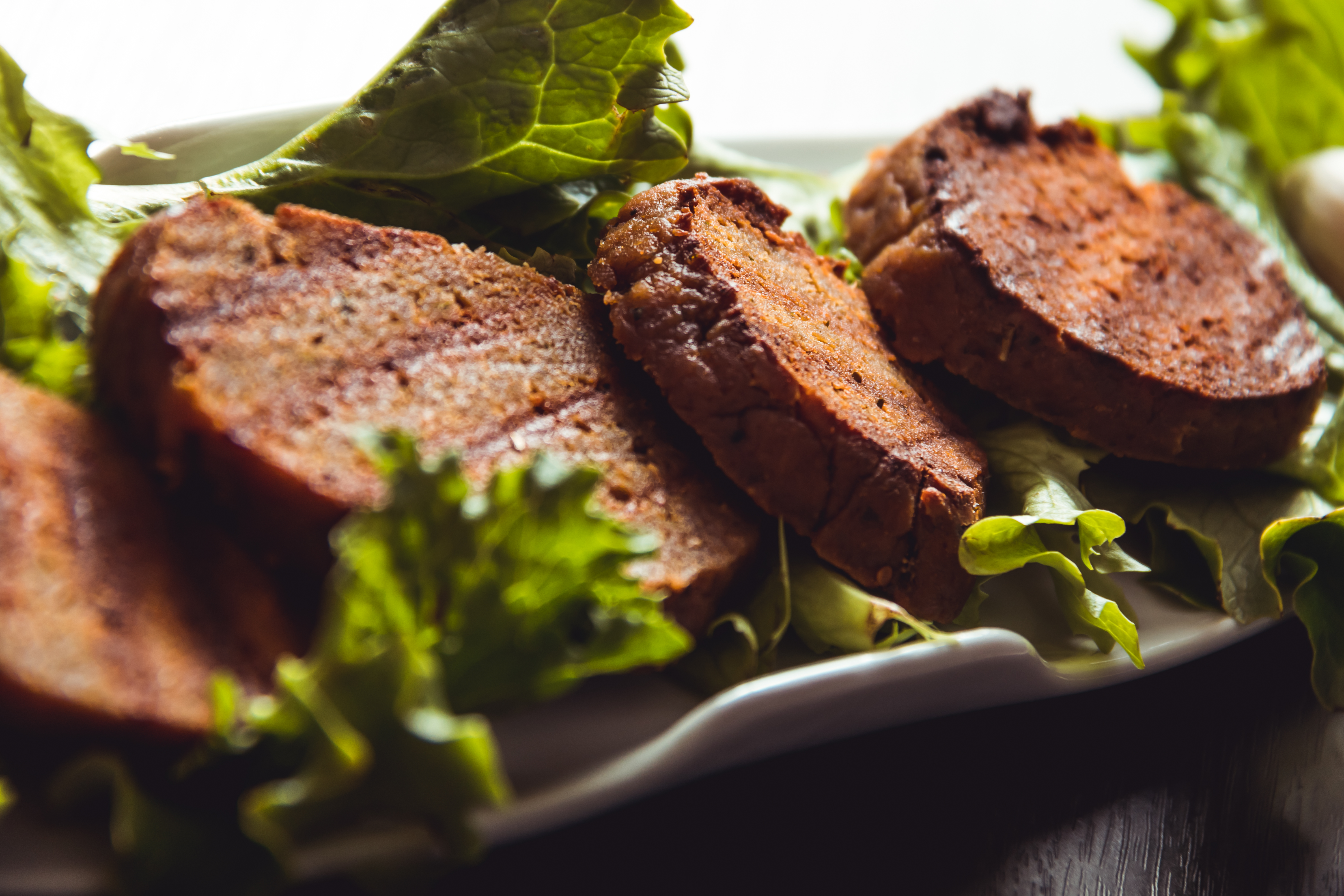
Seitan, often referred to as wheat meat, is a popular plant-based protein made from gluten, the protein found in wheat. Known for its meat-like texture and ability to mimic the taste and appearance of various meats, seitan is a favorite among vegetarians and vegans. It is a versatile ingredient that can be used in a variety of dishes, from stir-fries and sandwiches to stews and kebabs. Seitan's ability to absorb flavors and its chewy texture make it a satisfying meat substitute that can rival traditional meats in both taste and appearance. In addition to its culinary appeal, seitan is also a high-protein food, providing a substantial amount of protein per serving. Its low fat content and versatility make it a popular choice for those looking to reduce their meat consumption while still enjoying hearty and satisfying meals. Seitan's ability to mimic the texture and taste of meat makes it a valuable addition to any plant-based diet, offering a delicious and nutritious alternative to traditional animal proteins.
7. Edamame: The Green Protein Pods
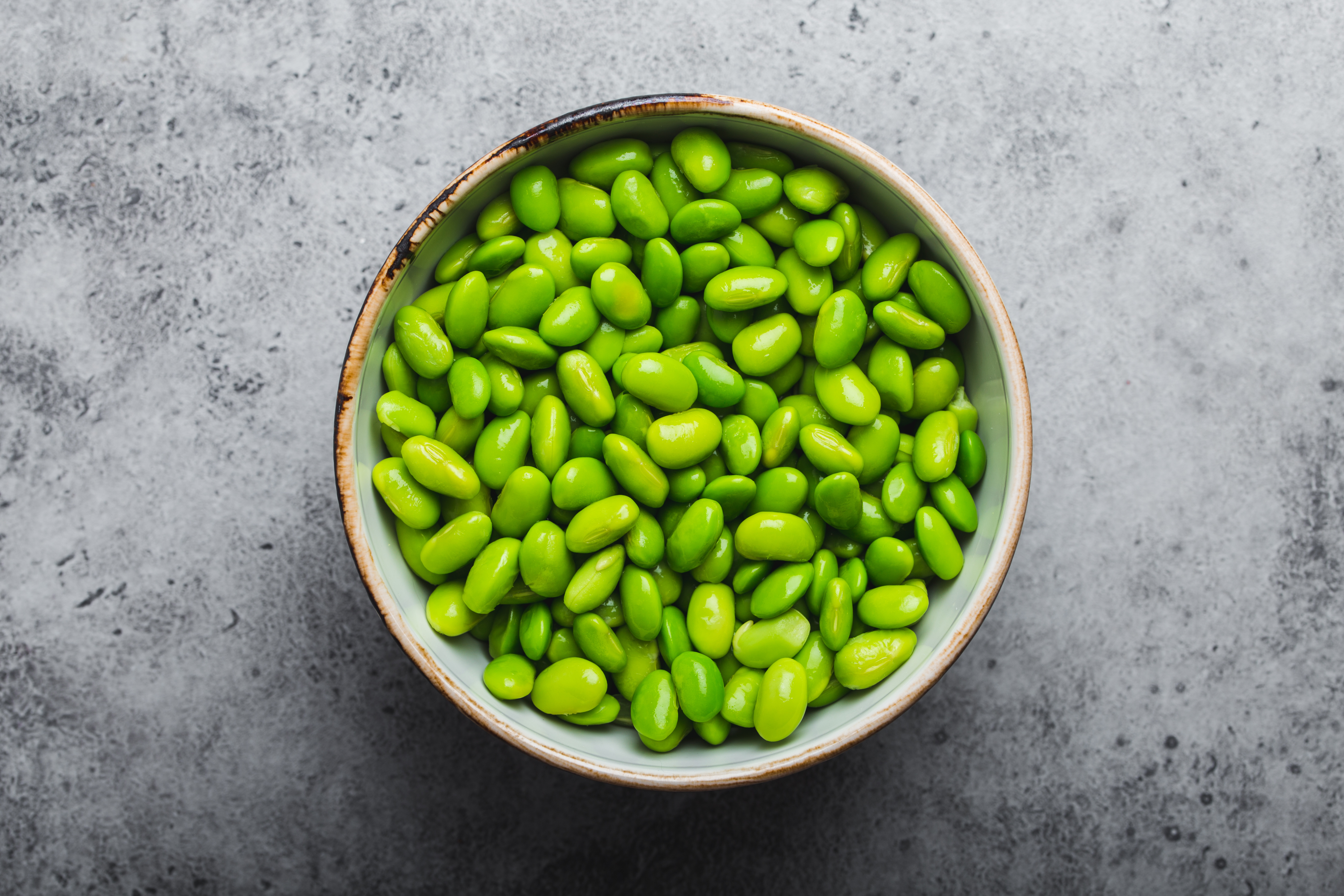
Edamame, young soybeans still in their pods, are a popular snack and ingredient in many Asian cuisines. These vibrant green beans are not only delicious but also packed with protein, fiber, and essential vitamins and minerals. Edamame's mild, slightly sweet flavor and firm texture make them a versatile ingredient that can be used in a variety of dishes, from salads and stir-fries to soups and snacks. Their vibrant color and nutritional benefits make them a favorite among those seeking healthy and delicious plant-based protein options. Edamame's nutritional profile is impressive, offering a good source of protein, fiber, and essential nutrients such as folate and vitamin K. They are also a low-calorie food, making them a healthy snack option for those looking to maintain a balanced diet. Edamame's versatility in the kitchen allows for endless creativity, as they can be seasoned with a variety of spices and herbs to suit different taste preferences. Whether enjoyed as a snack or incorporated into a meal, edamame is a delicious and nutritious plant-based protein that can rival traditional meats in both taste and nutritional value.
8. Black Beans: The Nutrient-Dense Delight
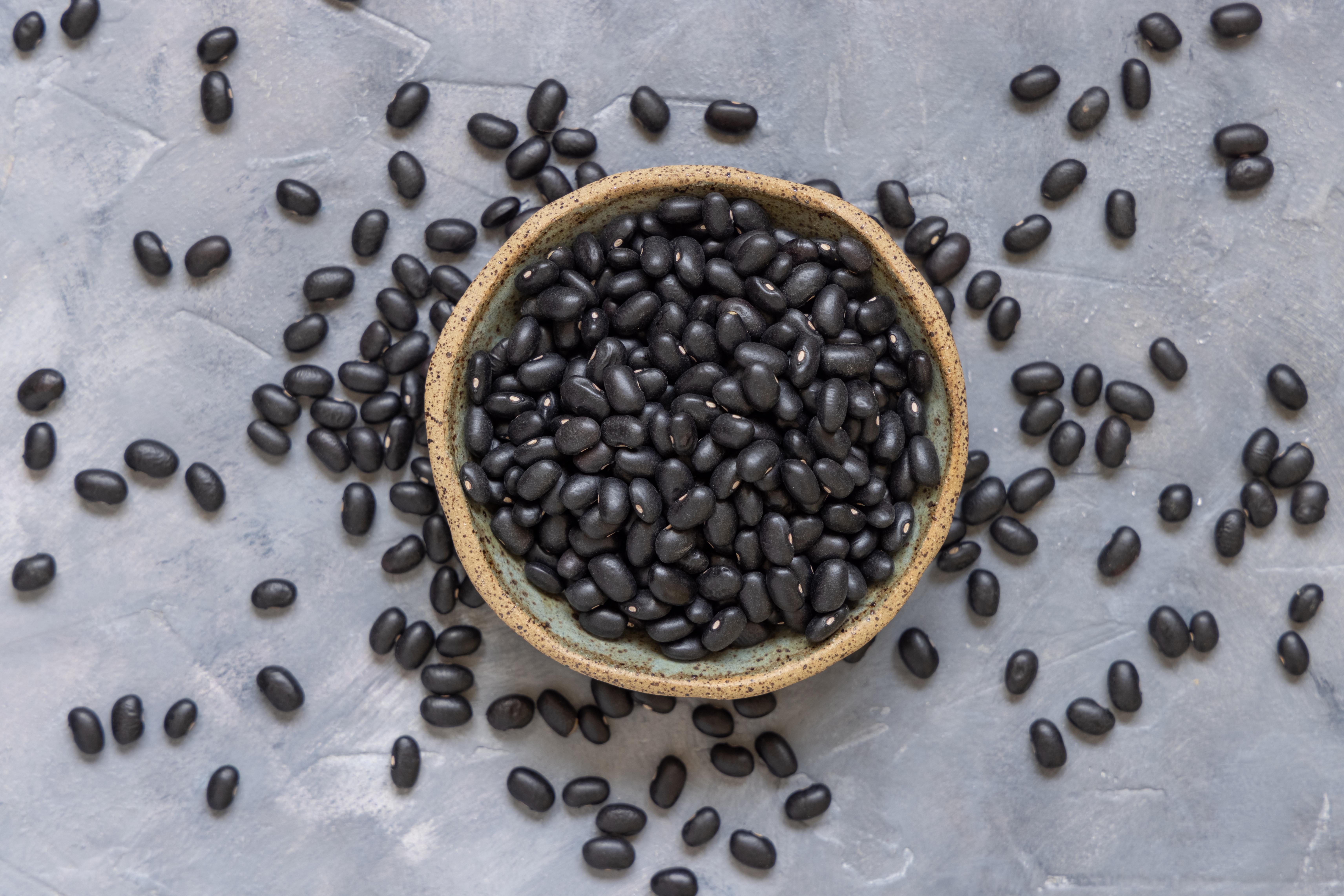
Black beans, a staple in many Latin American cuisines, are known for their rich, earthy flavor and creamy texture. These nutrient-dense legumes are an excellent source of protein, fiber, and essential vitamins and minerals, making them a valuable addition to any diet. Black beans are a versatile ingredient that can be used in a variety of dishes, from soups and stews to salads and burritos. Their ability to absorb flavors and their hearty texture make them a satisfying meat substitute that can rival traditional meats in both taste and nutritional value. In addition to their culinary appeal, black beans are also an environmentally sustainable protein choice. They require less water and energy to produce compared to animal proteins, making them a sustainable option for those looking to reduce their carbon footprint. Black beans' versatility in the kitchen allows for endless creativity, as they can be seasoned with a variety of spices and herbs to suit different taste preferences. Whether enjoyed in a traditional dish or incorporated into a new recipe, black beans are a delicious and nutritious plant-based protein that can satisfy even the most discerning palates.
9. Peas: The Humble Green Giant
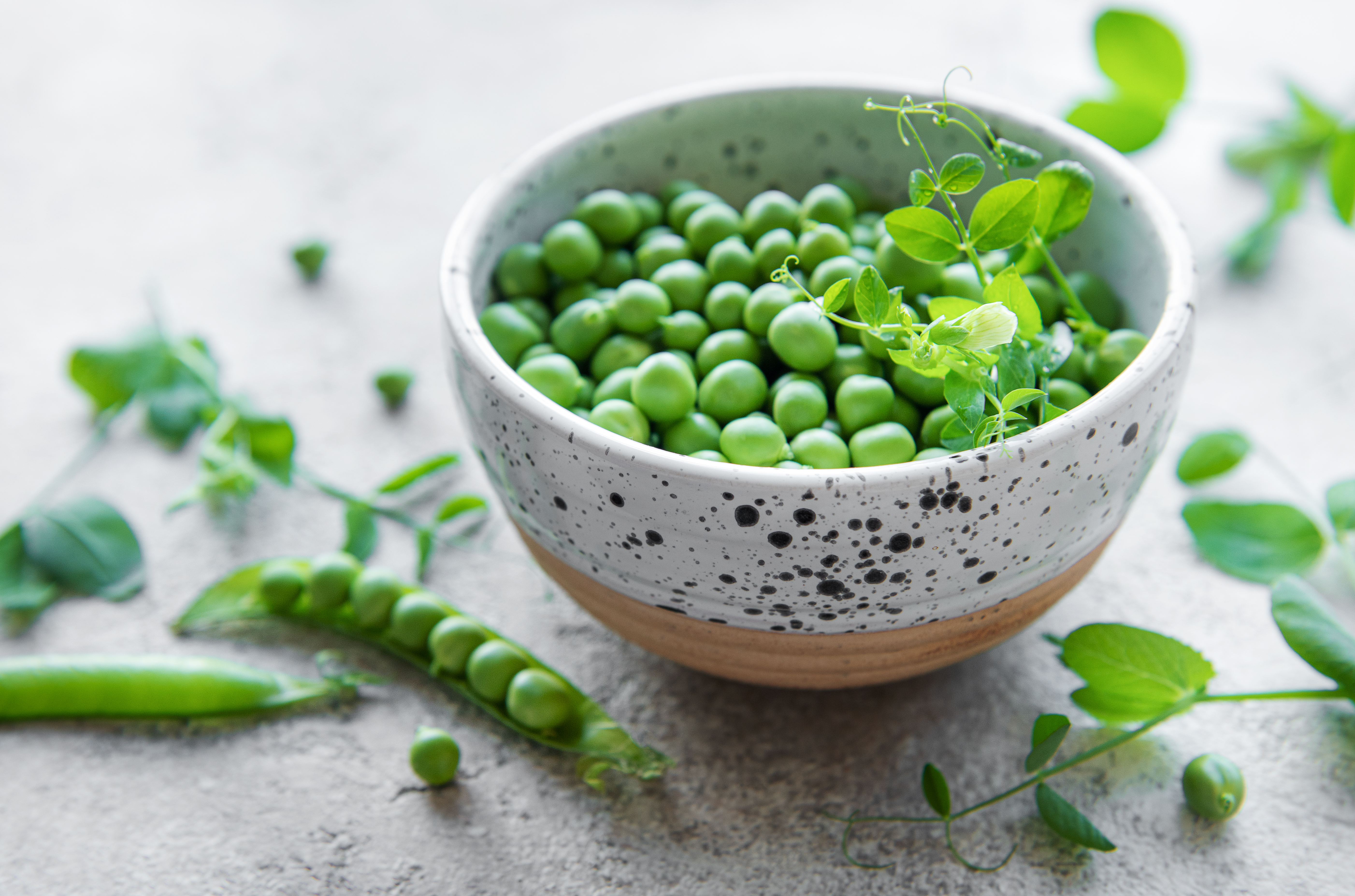
Peas, often overlooked as a simple side dish, are a powerhouse of nutrition and a versatile plant-based protein. These small, vibrant green legumes are packed with protein, fiber, and essential vitamins and minerals, making them a valuable addition to any diet. Peas' sweet, slightly grassy flavor and tender texture make them a versatile ingredient that can be used in a variety of dishes, from soups and stews to salads and stir-fries. Their ability to absorb flavors and their vibrant color make them a favorite among those seeking healthy and delicious plant-based protein options. In addition to their culinary appeal, peas are also an environmentally sustainable protein choice. They require less water and energy to produce compared to animal proteins, making them a sustainable option for those looking to reduce their carbon footprint. Peas' versatility in the kitchen allows for endless creativity, as they can be seasoned with a variety of spices and herbs to suit different taste preferences. Whether enjoyed as a side dish or incorporated into a main course, peas are a delicious and nutritious plant-based protein that can rival traditional meats in both taste and nutritional value.
10. Hemp Seeds: The Nutritional Powerhouse

Hemp seeds, often referred to as hemp hearts, are a nutritional powerhouse packed with protein, healthy fats, and essential vitamins and minerals. These small, nutty seeds are a complete protein, containing all nine essential amino acids needed by the body. Hemp seeds' mild, nutty flavor and crunchy texture make them a versatile ingredient that can be used in a variety of dishes, from smoothies and salads to baked goods and snacks. Their impressive nutritional profile and culinary versatility make them a favorite among those seeking healthy and delicious plant-based protein options. In addition to their culinary appeal, hemp seeds are also an environmentally sustainable protein choice. They require less water and energy to produce compared to animal proteins, making them a sustainable option for those looking to reduce their carbon footprint. Hemp seeds' versatility in the kitchen allows for endless creativity, as they can be incorporated into a variety of dishes to add flavor and nutrition. Whether enjoyed as a topping or incorporated into a recipe, hemp seeds are a delicious and nutritious plant-based protein that can rival traditional meats in both taste and nutritional value.
11. Chia Seeds: The Tiny Nutritional Titan
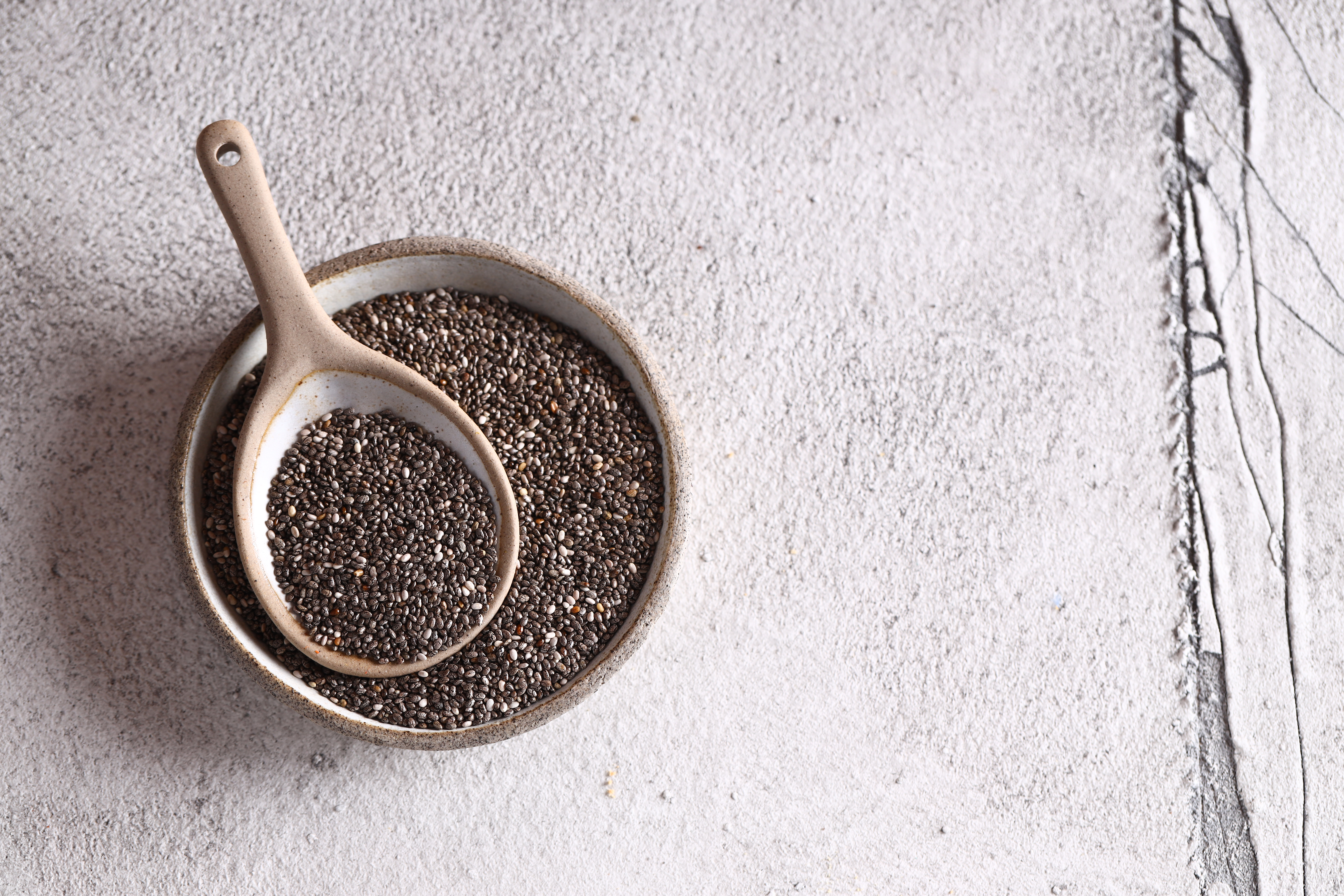
Chia seeds, small but mighty, are a nutritional titan packed with protein, fiber, and essential omega-3 fatty acids. These tiny seeds have a mild, nutty flavor and a unique ability to absorb liquid and form a gel-like consistency, making them a versatile ingredient in a variety of dishes. Chia seeds can be used in smoothies, puddings, and baked goods, or as a topping for yogurt and salads. Their impressive nutritional profile and culinary versatility make them a favorite among those seeking healthy and delicious plant-based protein options. In addition to their culinary appeal, chia seeds are also an environmentally sustainable protein choice. They require less water and energy to produce compared to animal proteins, making them a sustainable option for those looking to reduce their carbon footprint. Chia seeds' versatility in the kitchen allows for endless creativity, as they can be incorporated into a variety of dishes to add flavor and nutrition. Whether enjoyed as a topping or incorporated into a recipe, chia seeds are a delicious and nutritious plant-based protein that can rival traditional meats in both taste and nutritional value.
12. Almonds: The Crunchy Protein Powerhouse
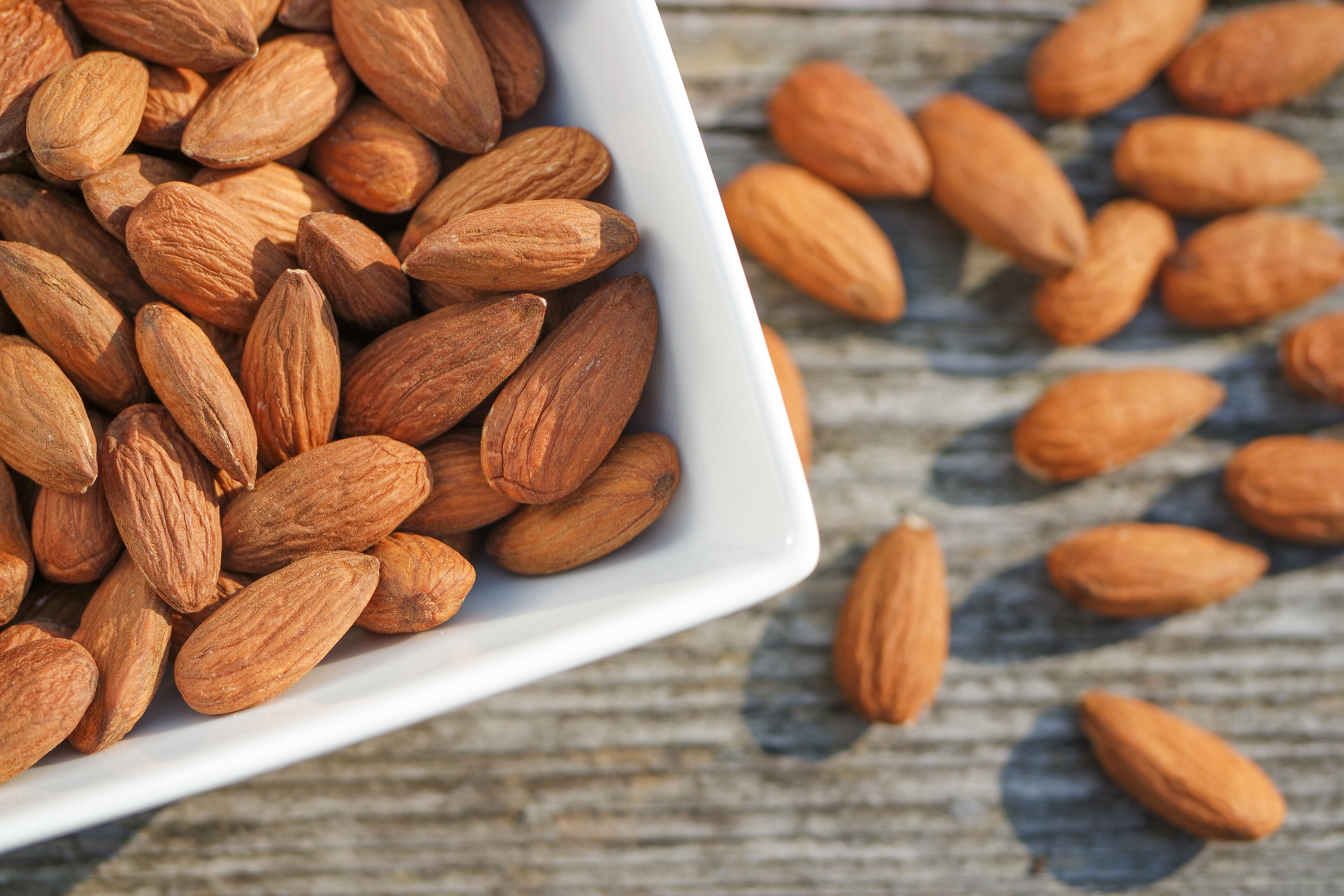
Almonds, a popular nut known for their crunchy texture and rich, nutty flavor, are a powerhouse of nutrition and a versatile plant-based protein. These nutrient-dense nuts are packed with protein, healthy fats, and essential vitamins and minerals, making them a valuable addition to any diet. Almonds can be enjoyed as a snack, used in baking, or incorporated into a variety of dishes, from salads and stir-fries to desserts and smoothies. Their impressive nutritional profile and culinary versatility make them a favorite among those seeking healthy and delicious plant-based protein options. In addition to their culinary appeal, almonds are also an environmentally sustainable protein choice. They require less water and energy to produce compared to animal proteins, making them a sustainable option for those looking to reduce their carbon footprint. Almonds' versatility in the kitchen allows for endless creativity, as they can be incorporated into a variety of dishes to add flavor and nutrition. Whether enjoyed as a snack or incorporated into a recipe, almonds are a delicious and nutritious plant-based protein that can rival traditional meats in both taste and nutritional value.
13. Fava Beans: The Ancient Protein Reborn
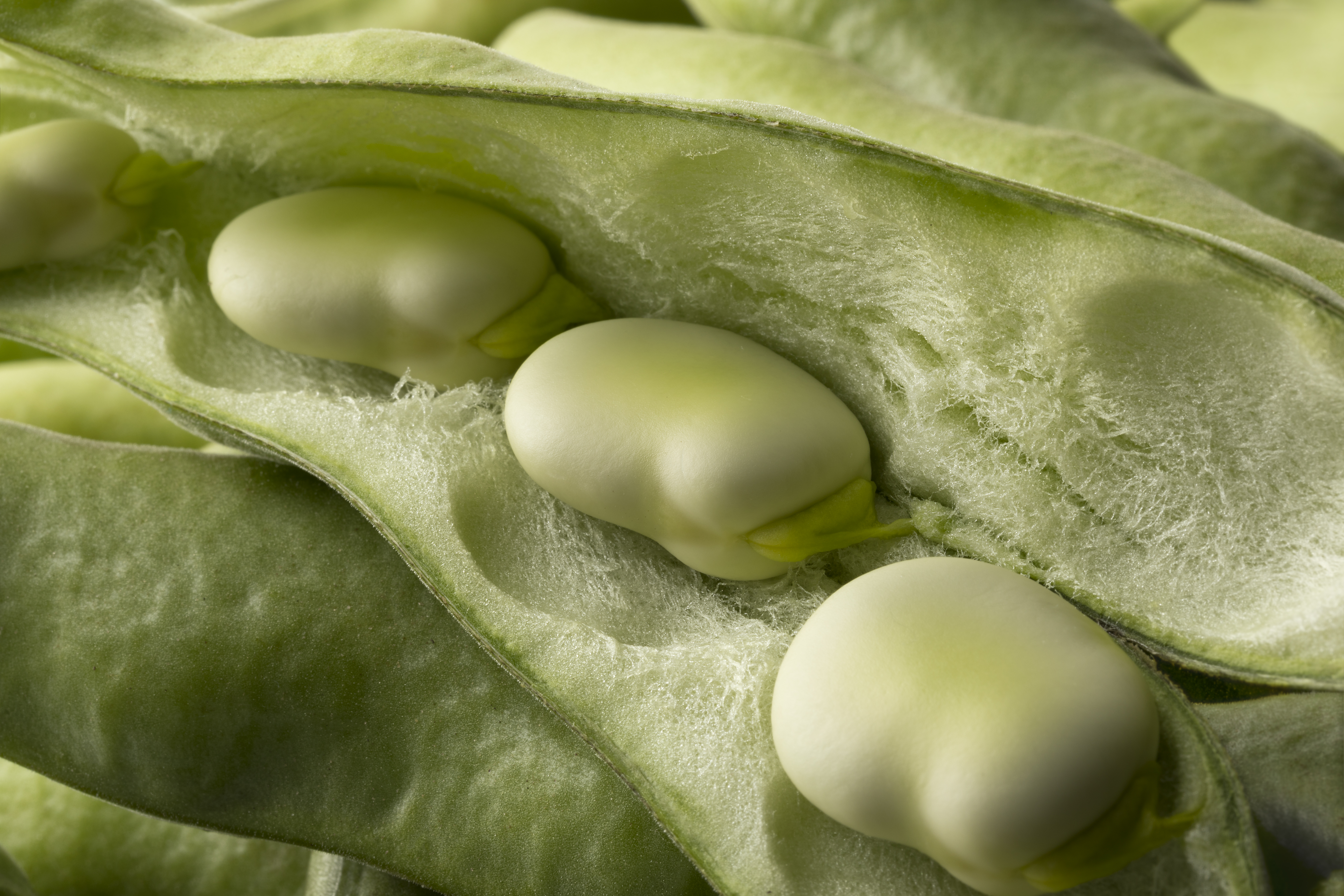
Fava beans—also known as broad beans—have been fueling civilizations since ancient times, and they’re finally getting the spotlight they deserve. Rich in protein, fiber, iron, and folate, fava beans support muscle growth, energy levels, and heart health. Their creamy texture and slightly sweet flavor shine in soups, stews, and Mediterranean-inspired dishes. Bonus: they're naturally low in fat and high in resistant starch, which promotes gut health. Whether mashed into a dip or tossed in olive oil with lemon and herbs, fava beans bring both substance and satisfaction to the plate—without the bloat or blood sugar crash.
14. Pumpkin Seeds: The Snack That Works Overtime
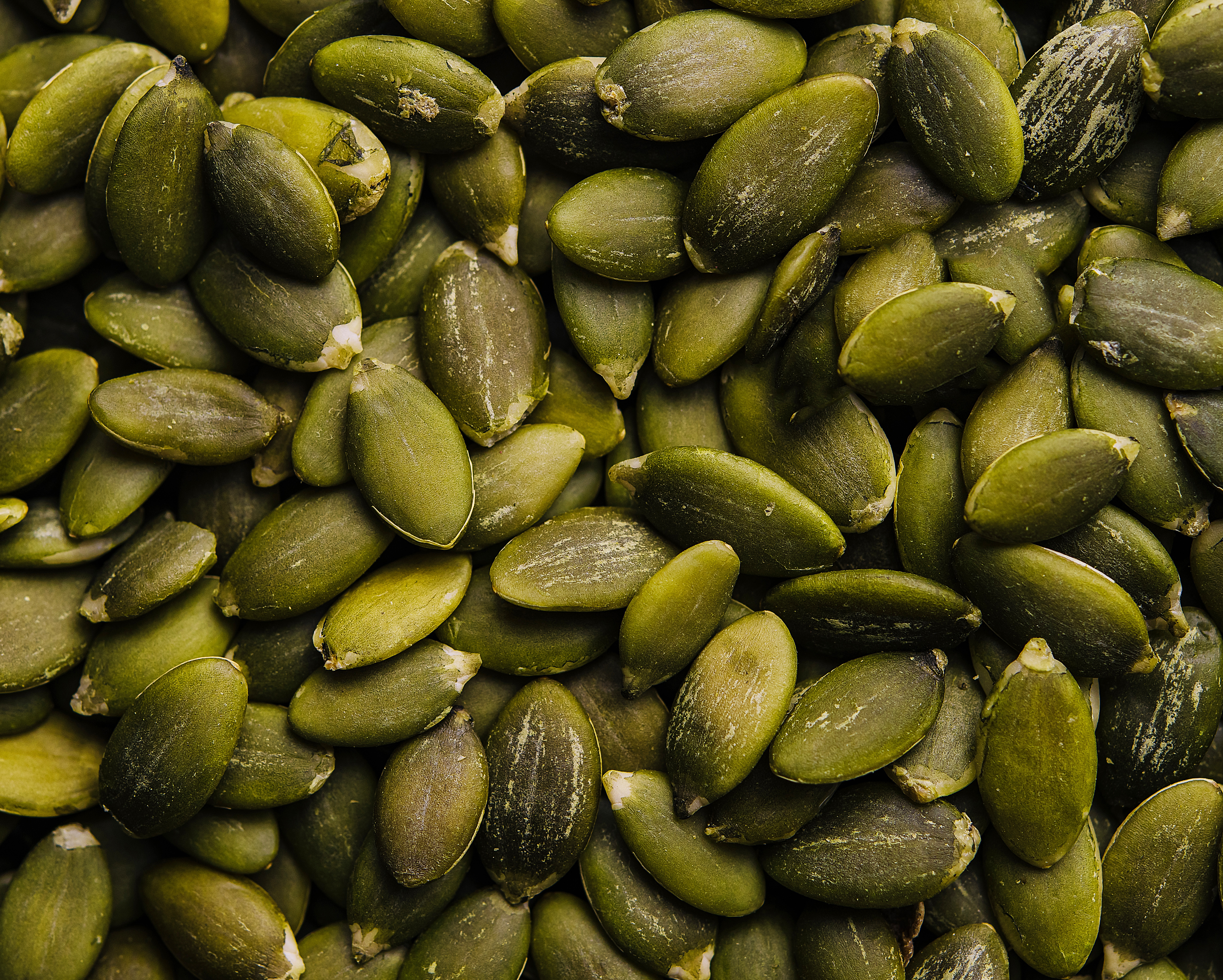
Don’t underestimate the humble pumpkin seed. These crunchy, bite-sized gems are protein-dense, rich in magnesium, iron, and zinc, and loaded with heart-healthy fats. A handful delivers serious nutritional value, making them ideal for snacking, topping salads, or blending into protein-packed pesto. Bonus: they contain tryptophan, a precursor to serotonin, which may support mood and sleep. With a subtly nutty flavor and satisfying crunch, pumpkin seeds prove that powerful plant protein doesn’t always come from the pantry—it can come straight from your trail mix. Keep a stash on hand, and your muscles—and taste buds—will thank you.
15. Amaranth: The Tiny Grain with Big Benefits

Amaranth may be small, but it packs a serious protein punch. This ancient pseudo-grain is a complete protein, offering all nine essential amino acids—rare in plant sources. It’s also loaded with fiber, iron, and magnesium. Slightly nutty and chewy when cooked, amaranth works well as a warm breakfast bowl, a hearty salad base, or even a gluten-free flour for baking. Unlike refined grains, amaranth helps regulate blood sugar and supports digestion. If you’re looking for a plant protein that’s as versatile as it is nutritious, this tiny grain just might be your next big thing.
16. Spirulina: The Green Superprotein
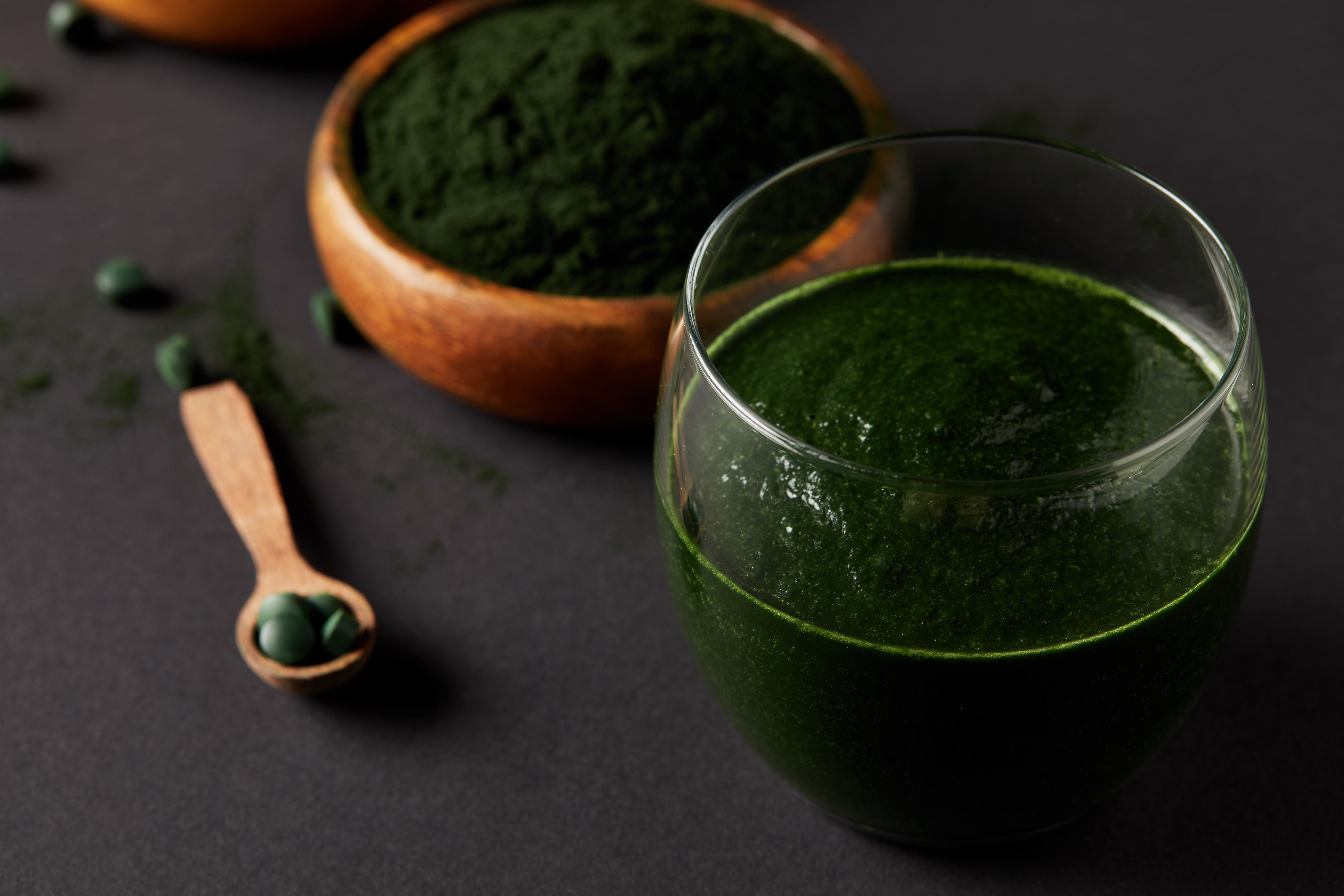
Spirulina might look like pond scum, but it’s one of the most protein-rich plants on Earth. This blue-green algae contains up to 60% complete protein by weight—plus iron, B vitamins, and antioxidants. A little goes a long way: add a teaspoon to smoothies, energy balls, or even salad dressings for a serious nutritional upgrade. It supports immune health, detoxification, and energy levels without needing to bulk up your meals. While its earthy flavor can take getting used to, its health benefits are hard to beat. Think of spirulina as your secret weapon in a spoon.
17. Mung Beans: The Quick-Cooking Power Pulse
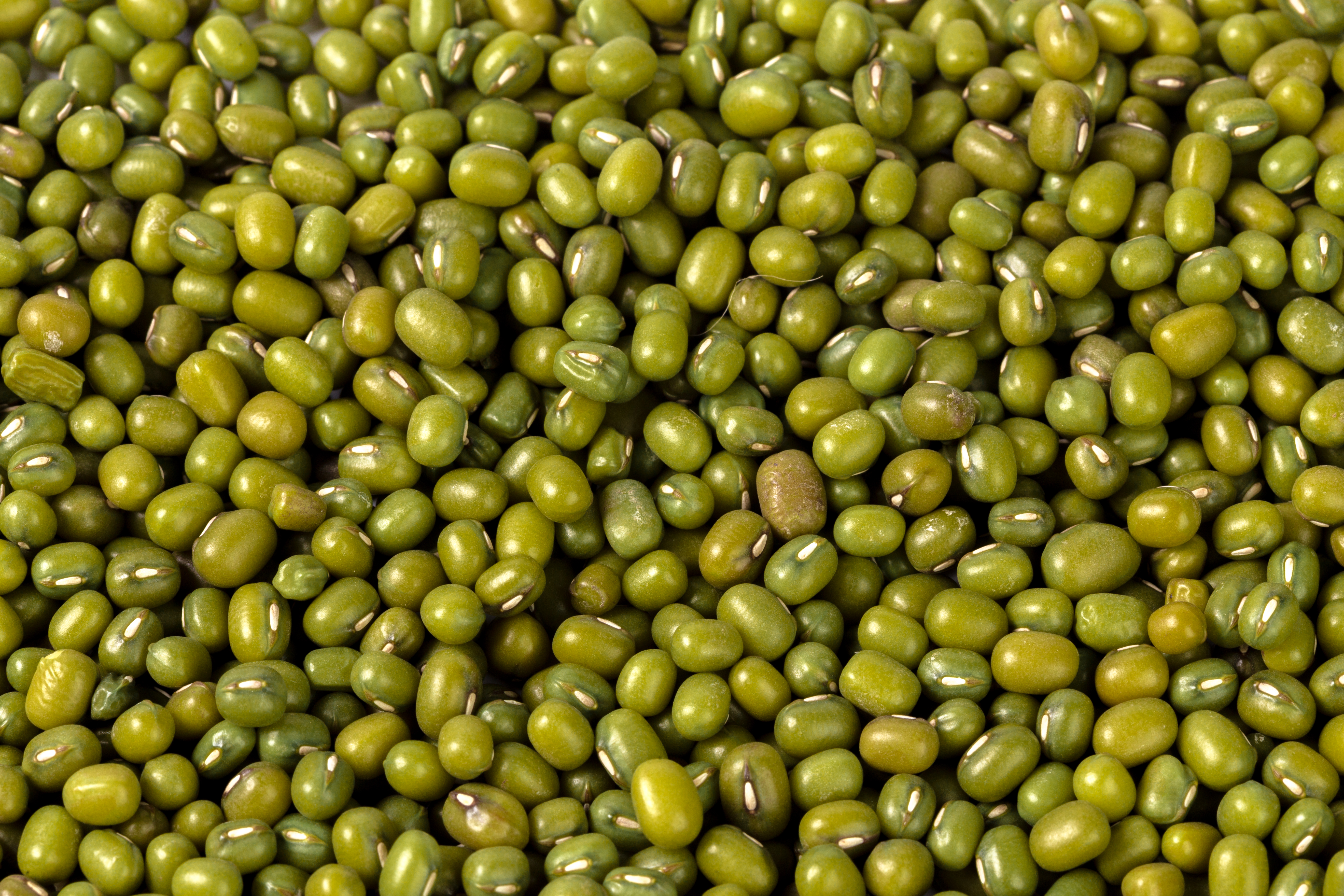
Mung beans may be small, but they’re mighty when it comes to plant-based protein. Packed with protein, fiber, potassium, and B vitamins, mung beans are a staple in Asian and Indian cuisines—famous for their digestibility and fast cooking time. Their mild, slightly sweet taste makes them ideal for soups, curries, or sprouted for salads and sandwiches. Unlike some legumes, they’re less likely to cause bloating and are gentle on the gut. Whether you enjoy them warm with spices or cold and crunchy in a sprouted mix, mung beans are a clean, efficient source of fuel worth keeping in rotation.
18. Teff: The Iron-Rich Ethiopian Staple
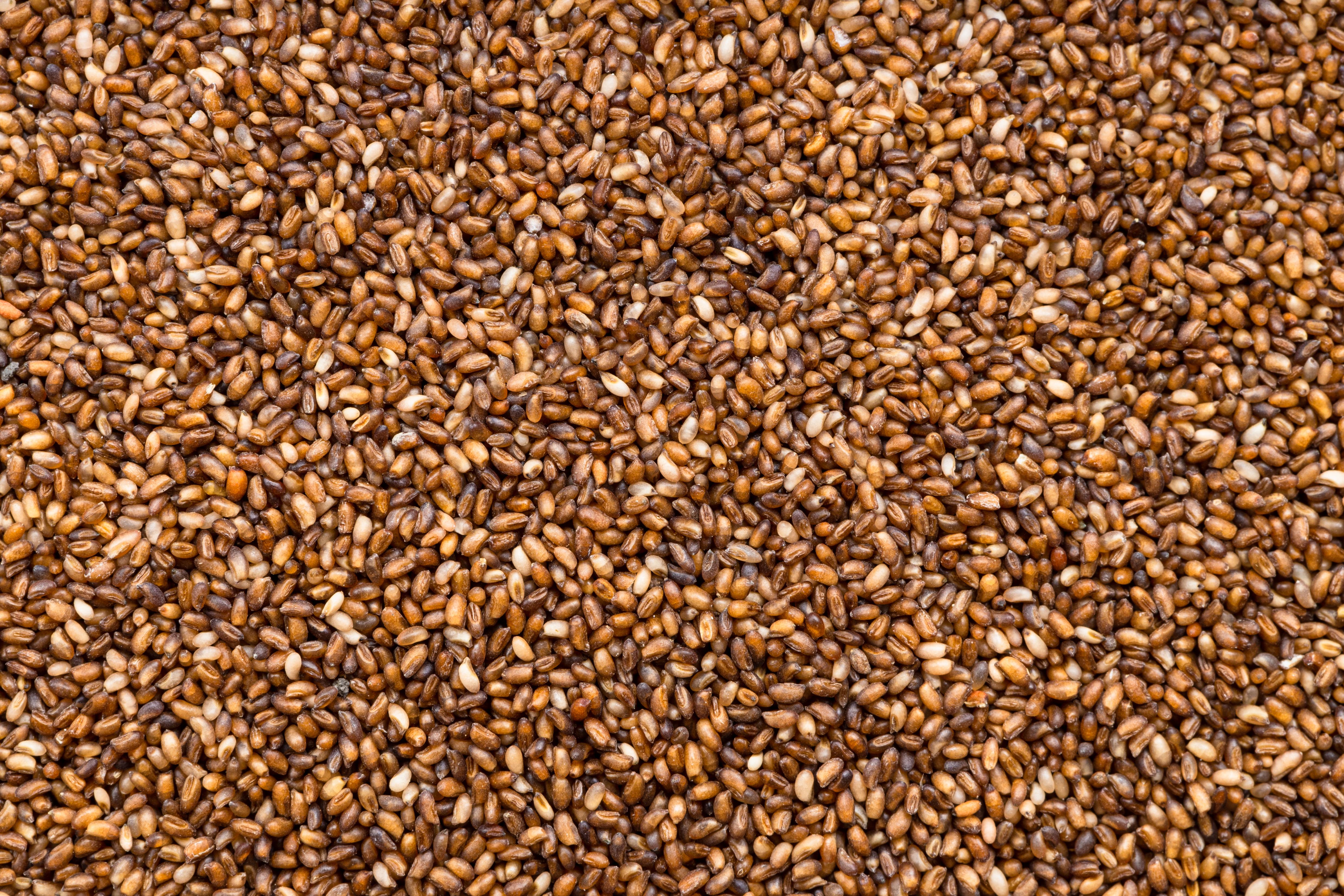
Teff is a tiny grain with a mighty profile—especially for plant-based eaters seeking more protein and iron. A staple in Ethiopian cuisine (hello, injera!), teff boasts around 10 grams of protein per cup cooked and is also rich in fiber, calcium, and resistant starch. Its nutty, earthy flavor works beautifully in porridges, pancakes, or as a gluten-free base for grain bowls. Teff cooks quickly and digests well, making it ideal for those with sensitive stomachs. Bonus: it’s one of the most sustainable grains to grow. If you haven’t met teff yet, now’s the time to put it on your radar.
19. Sunflower Seeds: The Pantry Underdog
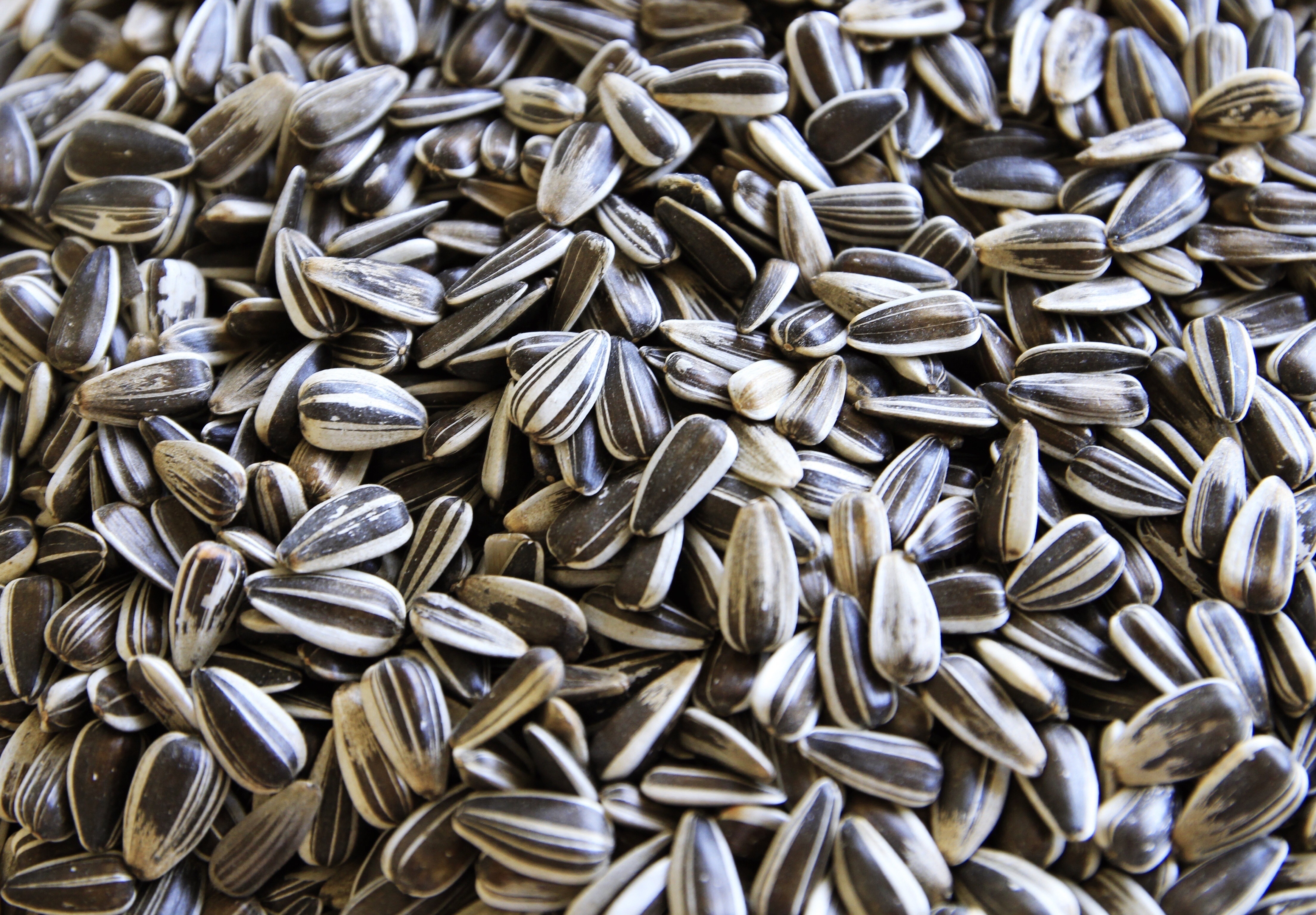
Often relegated to trail mix, sunflower seeds deserve a serious protein spotlight. With around 6 grams of protein per ounce, plus vitamin E, selenium, and healthy fats, they’re a compact nutritional powerhouse. Sprinkle them on salads, stir them into oatmeal, or blend into sunflower seed butter for a nut-free alternative that packs protein and flavor. Their slightly sweet, nutty taste complements both sweet and savory dishes. Sunflower seeds are also a great option for anyone with tree nut allergies—making plant protein more accessible, one seed at a time. Don’t overlook this crunchy little underdog.
20. Buckwheat: The Pseudo-Grain with Real Muscle
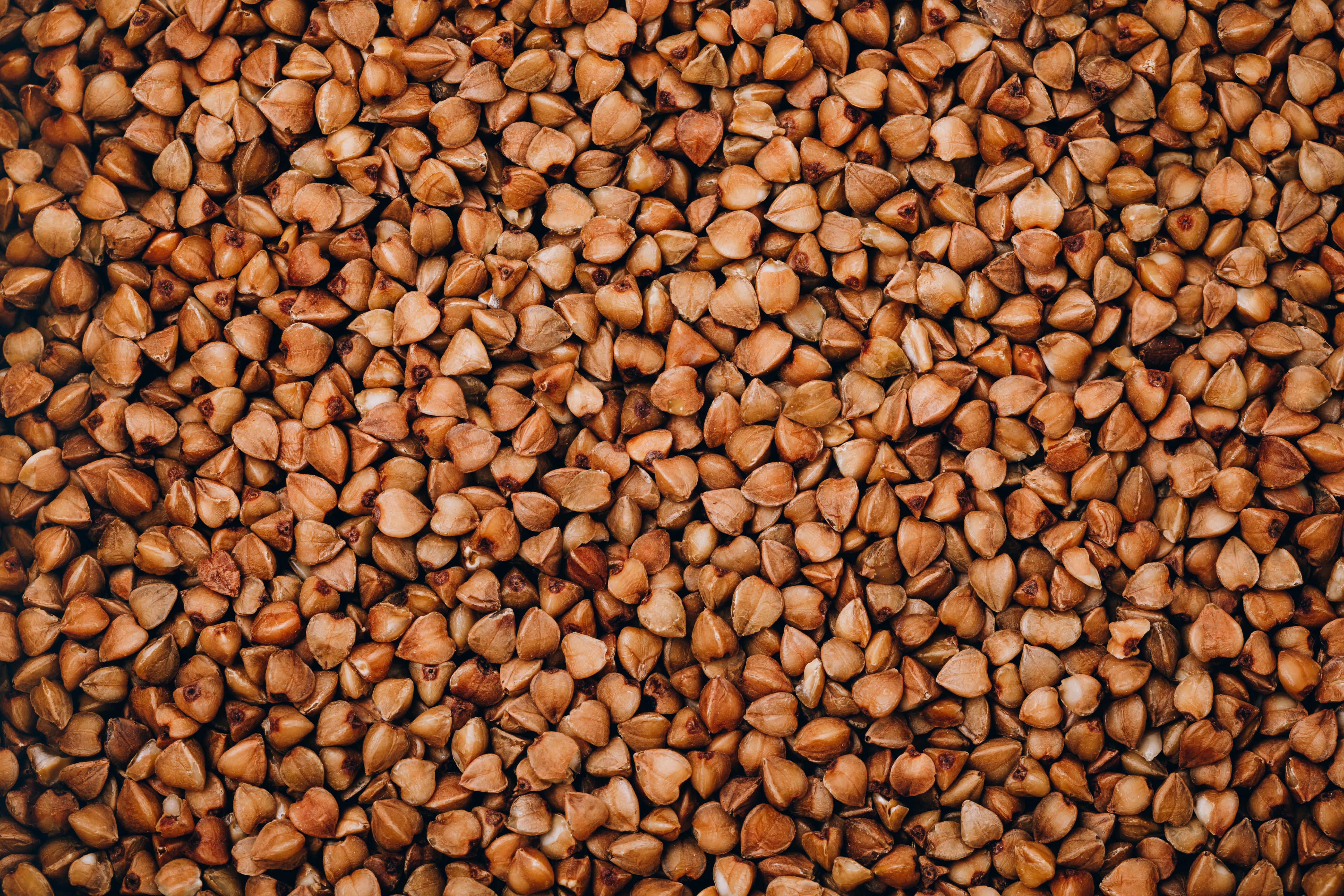
Despite its name, buckwheat isn’t wheat—and it’s totally gluten-free. This hearty seed (yes, it’s technically a seed) delivers about 6 grams of protein per cooked cup and is rich in fiber, magnesium, and flavonoids that support heart health. Its toasty flavor adds depth to porridge, pancakes, or pilafs. Buckwheat’s high lysine content also boosts the amino acid balance in plant-based diets. Whether you’re using buckwheat groats, flour, or soba noodles, this pseudo-grain adds both substance and nutritional edge to your meals. A go-to for cozy comfort food with a health bonus.
21. Green Pea Protein Powder: The Smoothie Upgrade
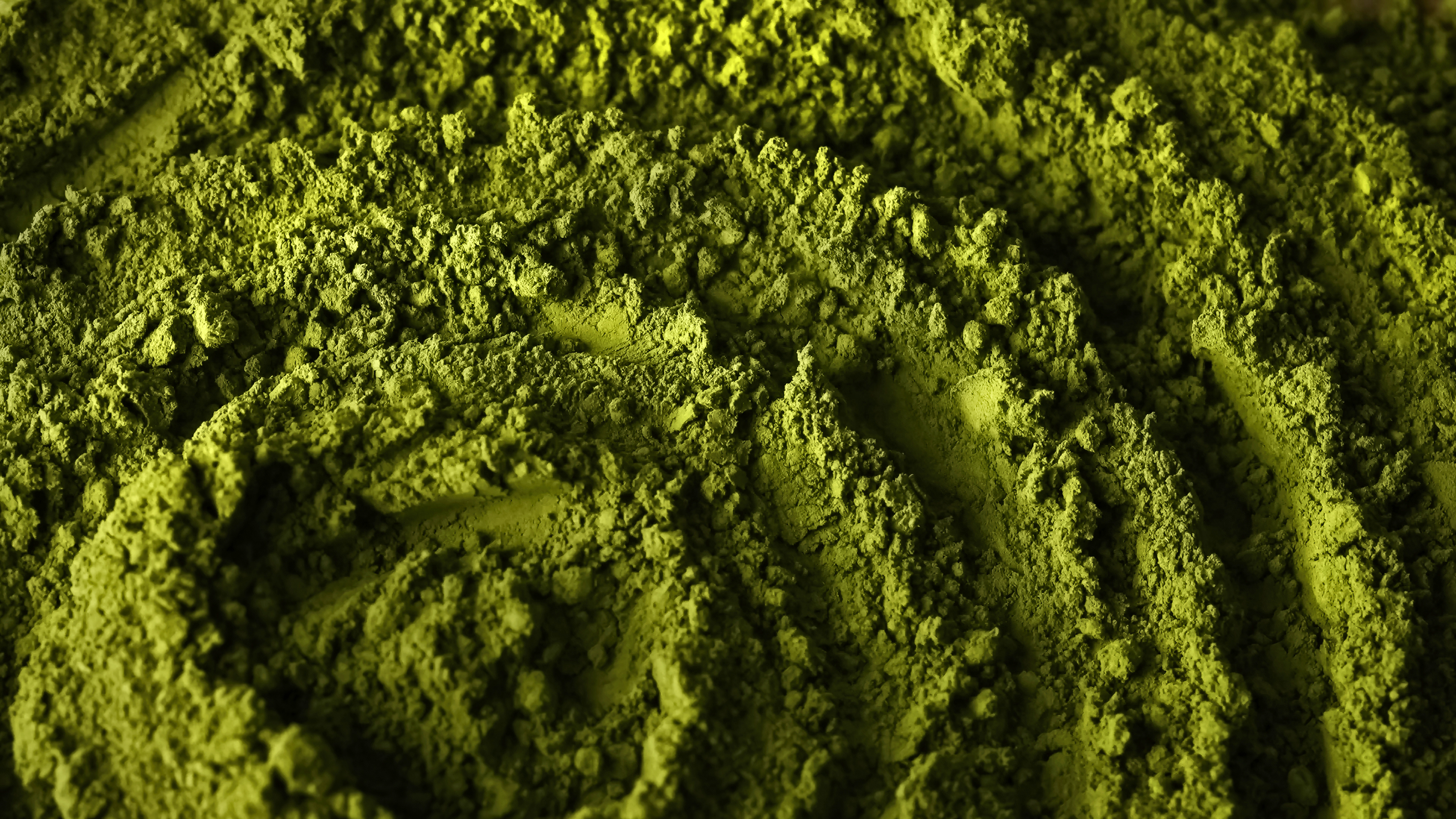
If you’re looking for a clean, allergen-friendly way to boost your protein intake, green pea protein powder is a standout. Made from yellow split peas, it delivers around 20–25 grams of protein per serving and is free from dairy, soy, and gluten. Unlike some plant powders, it blends smoothly with minimal grit and pairs well with fruits, nut butters, or cocoa in smoothies. It’s also rich in iron and branched-chain amino acids (BCAAs), making it great for muscle recovery. Whether post-workout or mid-day refuel, this powder turns your smoothie into a satisfying, plant-powered meal.
22. Walnuts: The Brain-Boosting Protein Pick
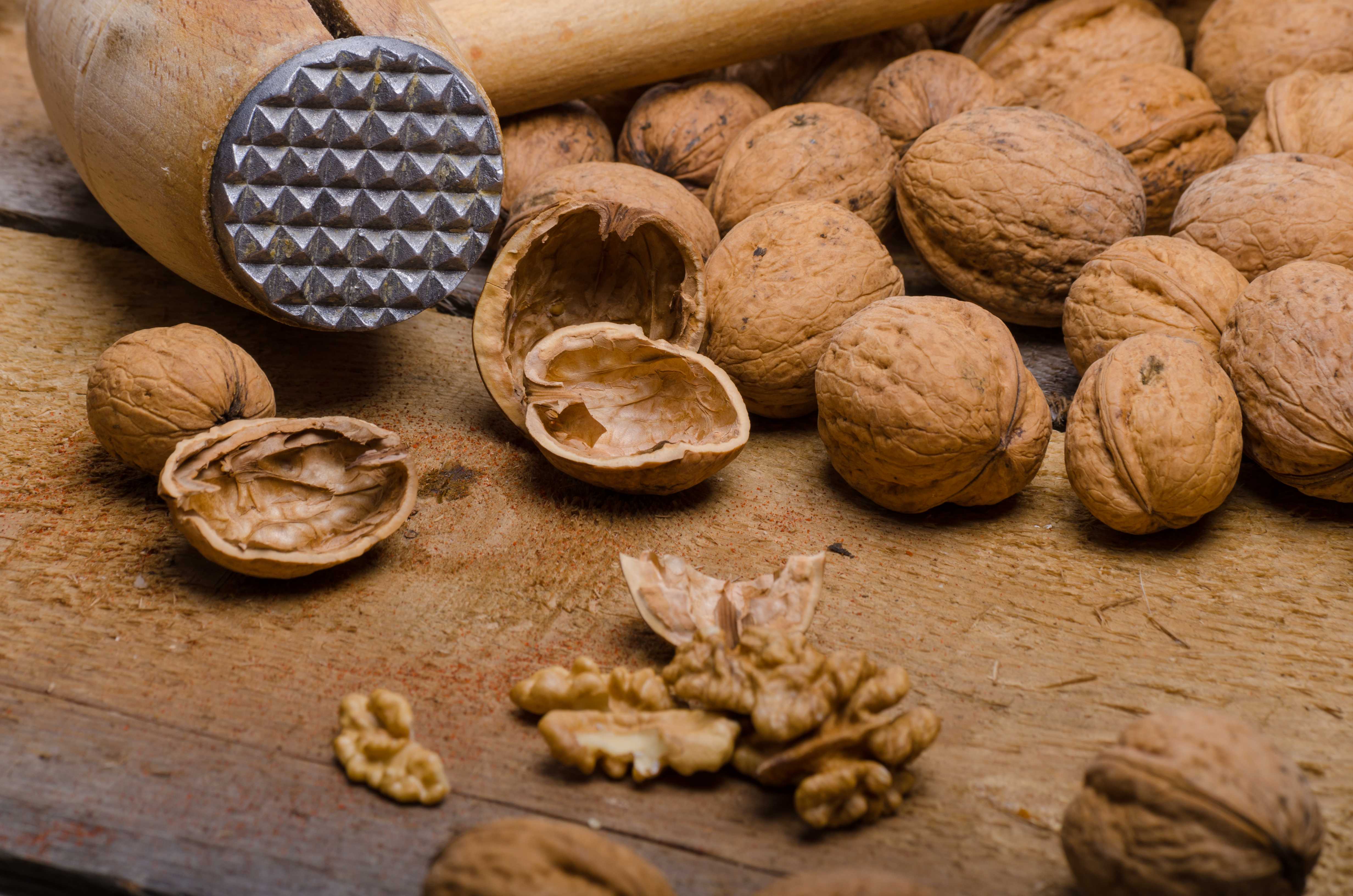
Walnuts bring more than crunch to the table—they’re a solid source of plant-based protein (about 4 grams per ounce) with a bonus of omega-3 fatty acids that support brain and heart health. Their earthy, slightly bitter flavor pairs beautifully with grains, roasted veggies, or even blended into sauces. They’re also great for boosting satiety, thanks to their healthy fat and fiber combo. Whether tossed into salads or pulsed into walnut “meat” for tacos or pasta, they prove that protein doesn’t have to be bland. They’re a flavorful, brain-loving option for plant-forward eaters.
Powered by Plants: Protein That Does More Than Build Muscle
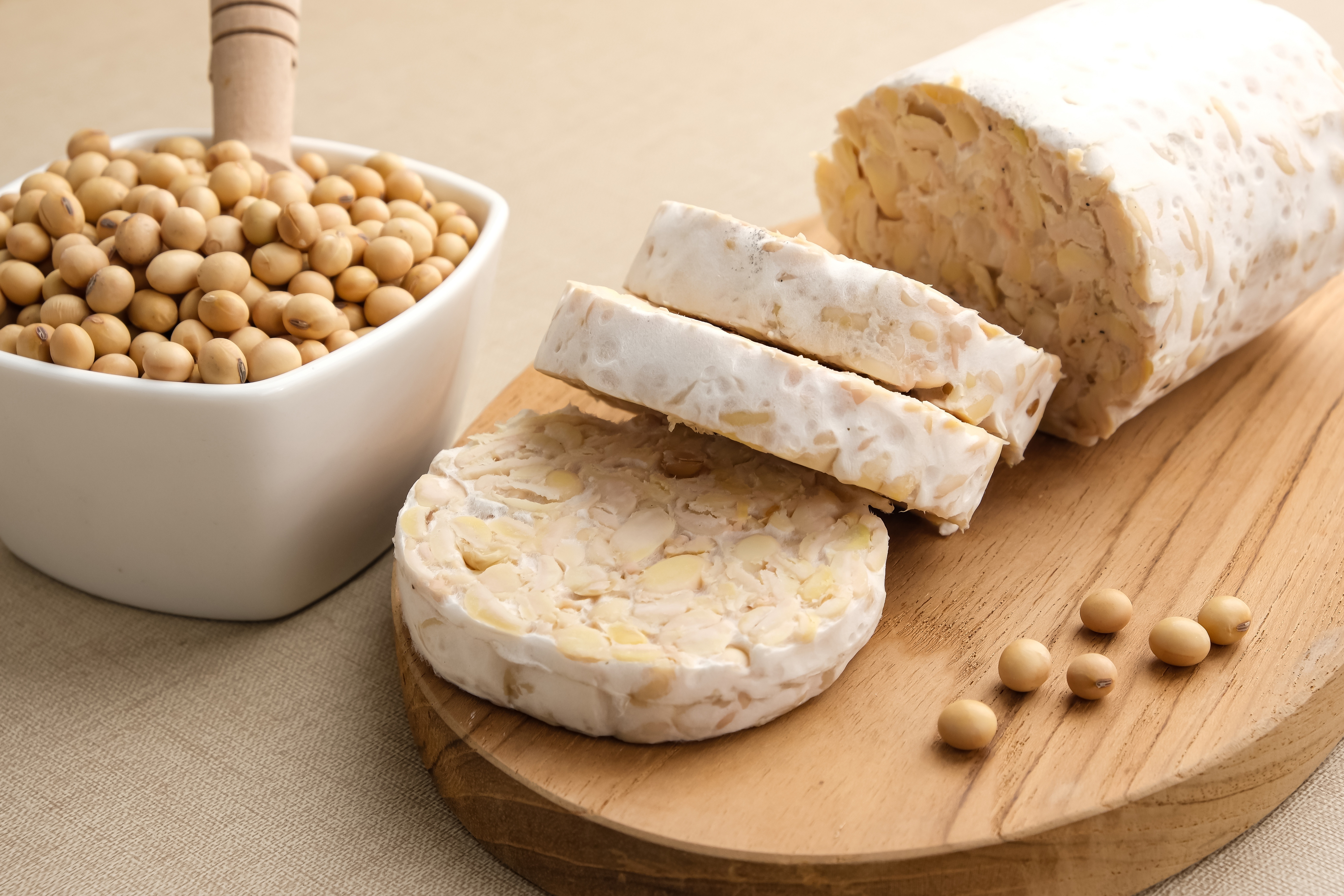
Plant protein isn’t just about hitting a number—it’s about elevating your plate with ingredients that nourish, energize, and inspire. These 22 picks go far beyond the basic bean—they’re flavorful, functional, and packed with benefits that extend from your gut to your brain to the planet. Whether it’s the chew of tempeh, the crunch of pumpkin seeds, or the nutty warmth of amaranth, each one brings its own texture, taste, and nutrient-rich punch to the table. And the best part? There’s no sacrifice. You’re not giving up flavor—you’re gaining variety. Not just protein—but fiber, healthy fats, minerals, and sustainability, too. Whether you’re going all-in on plants or just exploring more mindful eating, these proteins offer a delicious, dynamic way to fuel your body. So build your bowl, power your day, and let plants take the lead. Strong, satisfying, and seriously good for you—this is protein, reimagined.
